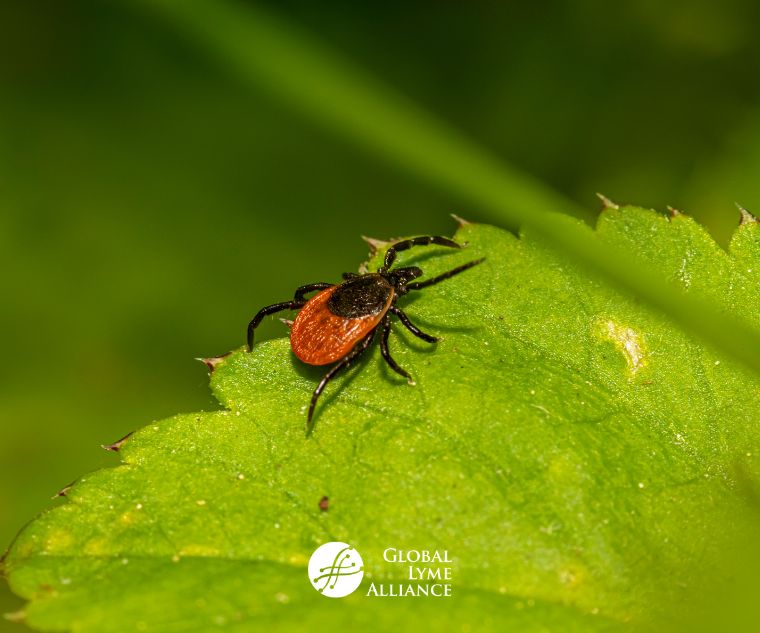
The study, Babesia duncani multi-omics identifies virulence factors and drug targets, was published in Nature Microbiology on April 13, 2023.
The CDC recently reported that cases of babesiosis in some Northeastern states have more than doubled between 2011 and 2019. Babesiosis is an emerging tick-borne disease caused by Babesia parasites. These pathogens invade and break open red blood cells, similar to the malaria parasite. Many people with babesiosis can be asymptomatic or may develop flu-like symptoms, but it can be life-threatening to those that are immunocompromised, and more treatment options are needed because cases of drug resistant Babesiosis are on the rise.
"Most babesiosis cases in the United States are caused by Babesia microti, but babesiosis can also be caused by another species called Babesia duncani, which is primarily found along the Pacific coast."
Most babesiosis cases in the United States are caused by Babesia microti, but babesiosis can also be caused by another species called Babesia duncani, which is primarily found along the Pacific coast. More research and medical attention has been focused on Babesia microti, but recent work by a group of scientists from around the world is bringing Babesia duncani into the spotlight. Among those researchers is Choukri Ben Mamoun, Ph.D., a GLA-funded scientist, and a team of six trainees from his laboratory.
This collaborative group of scientists spent several years decoding the genome of Babesia duncani and found that it has 5 chromosomes that encode over 4,000 proteins! In fact, based off the chemical structures of some of these proteins, they were able to identify drug targets and found two compounds that may be effective treatments for babesiosis. Overall, by uncovering the genome, scientists can learn more about how Babesia duncani and similar parasites survive and are transmitted from ticks to people and what proteins would make good targets for improved diagnostic tests and therapeutics.
Click here to read the study on nature microbiology.
Sign up for GLA's newsletter.
The above material is provided for information purposes only. The material (a) is not nor should be considered, or used as a substitute for, medical advice, diagnosis, or treatment, nor (b) does it necessarily represent endorsement by or an official position of Global Lyme Alliance, Inc. or any of its directors, officers, advisors or volunteers. Advice on the testing, treatment or care of an individual patient should be obtained through consultation with a physician who has examined that patient or is familiar with that patient’s medical history.







-2.jpg)
